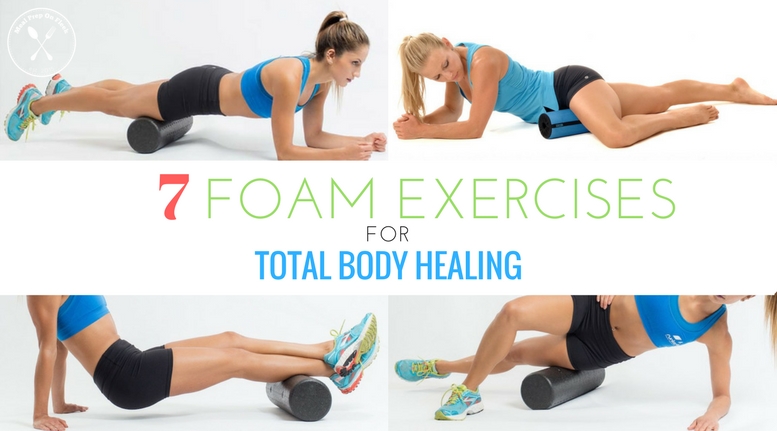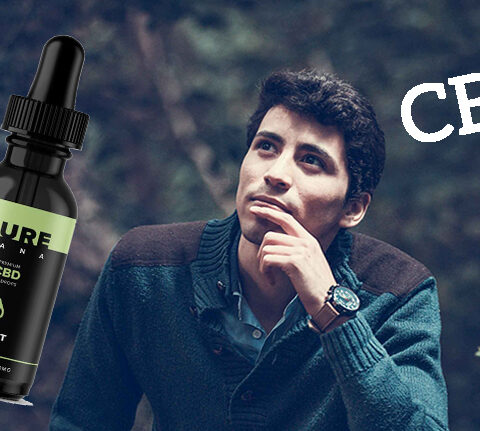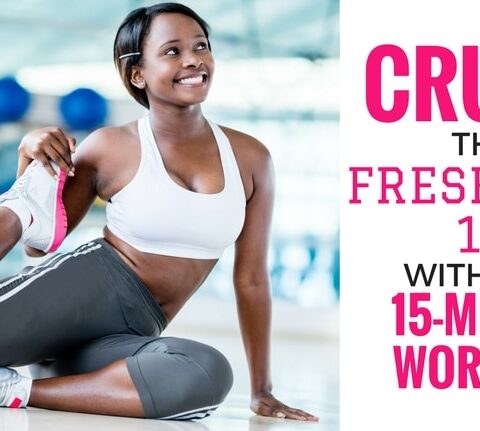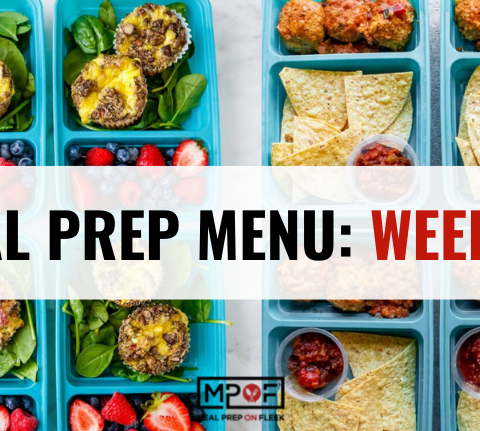7 Foam Roller Exercises for Total Body Healing
Have you ever heard of self-myofascial release? How about deep tissue massage? There you go...and isn’t that something that you are ready for after a good workout or sporting event? A good massage is great for working on your fascia (or connective tissue) to disengage adhesions or scar tissue from your muscles to help them heal and recover back to pre-workout condition.
What does a Foam Roller help with?
A foam roller is your self-myofascial release (deep massage) tool. It is an economical way to give yourself a great massage that will help release trigger points (hard knots) in muscles that will have tightened during intense physical activity. When you exercise vigorously, your muscles relax and contract constantly. This intense contracting of your muscles generates a lot of lactic acid and other metabolic waste products in your muscle cells which form “trigger points” which is the cause of your aches and pains. A good foam roller will do much, if done correctly, to roll those knots and waste fluids away to give you the relief and muscle recovery that you are looking for.
How do I use a Foam Roller?
A foam roller has many uses. Not only is it great for muscle recovery, but it can also be valuable in exercise warm up. It is useful in getting the circulation flowing to those muscles that you are going to be using. Your foam roller can also be used as a prop during your exercise routine to improve posture, balance, and core training. There is no trick to foam rolling. It is simply the art of using your body’s own weight to put pressure on your muscles where you need it by slowly rolling your body over the roller in the exact spots needed. And the nice thing is you are in complete control of where and how much pressure to use.
When learning to exercise with a new tool, sometimes one of the best ways to know how to use something is to learn what not to do.
Here are a few tips on mistakes to avoid:
- You should avoid rolling too quickly. The whole point of foam rolling is to make a strong impact on your fascia and muscles. Moving too quickly would be wasted effort. Movements should be slow and steady.
- Don’t concentrate too long on one spot. You should instead make slow movements back and forth using varied pressure in short intervals (30 seconds or less). You can be in danger of causing nerve damage or bruised tissue by applying strong pressure for extended periods of time.
- It is never a good idea to roll directly on a point of pain. This area might already be inflamed and to concentrate there can increase inflammation and thereby inhibit recovery rather than help. You should feel slight discomfort, but never intense pain.
- Never roll your lower back directly. Your lower back muscles are too vulnerable and they constrict to safeguard the sensitive spine making rolling this area disadvantageous and possibly injurious.
- Foam rolling should not last longer than 20 minutes or so if using as massage. And if you are a newbie at it, cut that time in half at first and work up to it.
What is the correct Foam Roller to purchase?
The answer this question depends on what you are thinking of using it for. If you are considering it mostly for self-myofascial release (deep tissue massage) as after exercise muscle recovery, you will want to determine which firmness suits you best. One of the best ways to check this out is to go to your local sporting goods store and check out a variety of different ones to check which denseness feels the best to you. Generally, foam rollers are a different color for different firmness levels. White foam rollers are the least dense and are great to use if you are using them during your exercise routine for balance and core training. They are also great for those new to rolling. Blue or green has medium denseness and are better for more advanced core stabilization exercises. These are very popular to use in Pilate’s class. Black is the color with the highest density and is great for those that want greater pressure for the deepest massage purposes.
You will also want the roller with the correct length. They come in sizes ranging from 12-36 inches. If you are intending to use it for rolling your upper back, you will want a longer length to avoid rolling yourself off onto the floor.
Some rollers come with a textured pattern on them with varied dips and raised areas on the foam. Some are just smooth. Again, you might want to try some out at your local gym or sporting goods store to find which surface you like for the purposes that you are using it for.
Here are 7 Foam Roller Exercises For Total Body Healing:
- Lats
- Quads
- Adductor
- I.T. Band
- Glutes
- Hamstrings
- Calves






